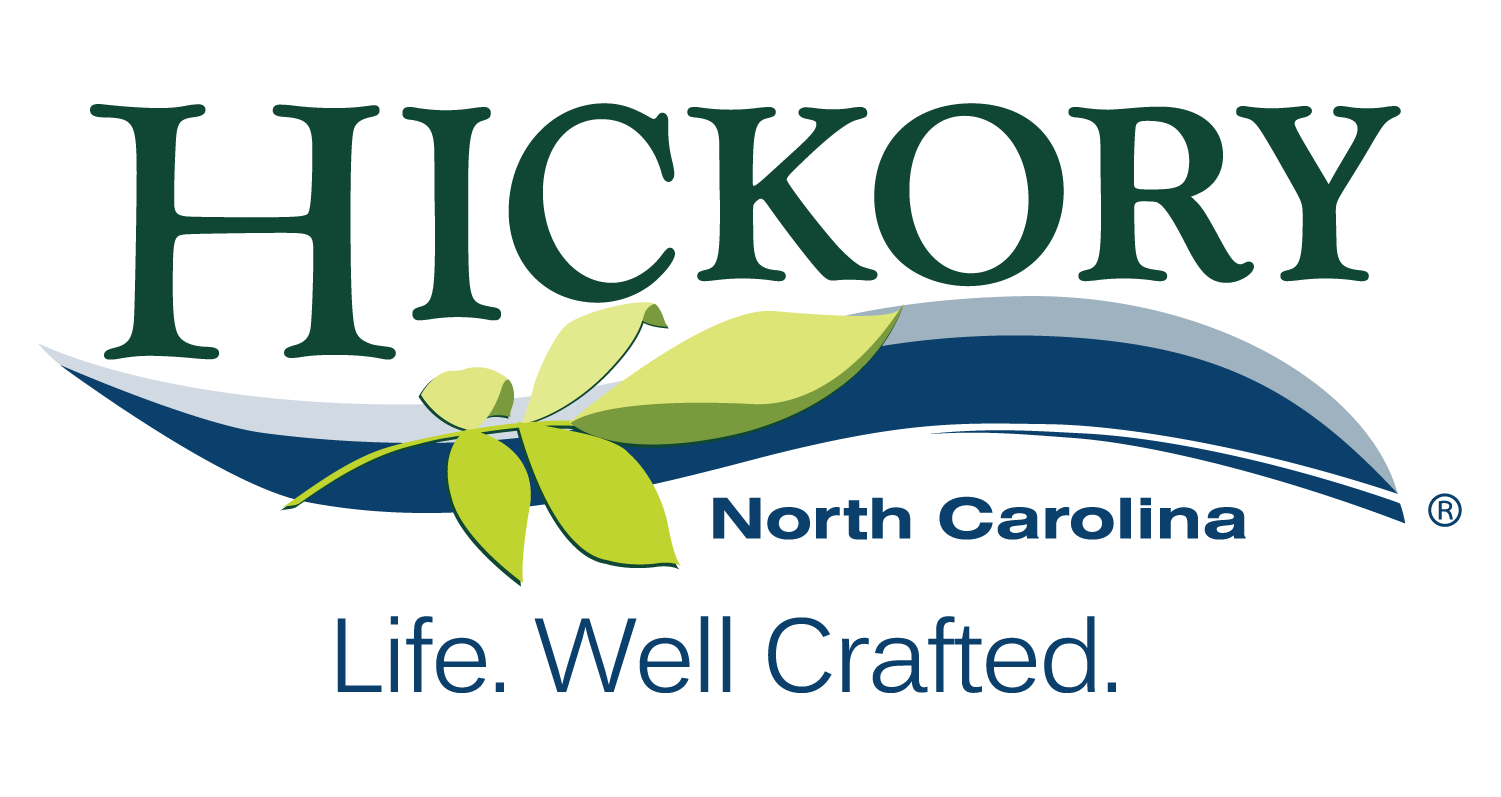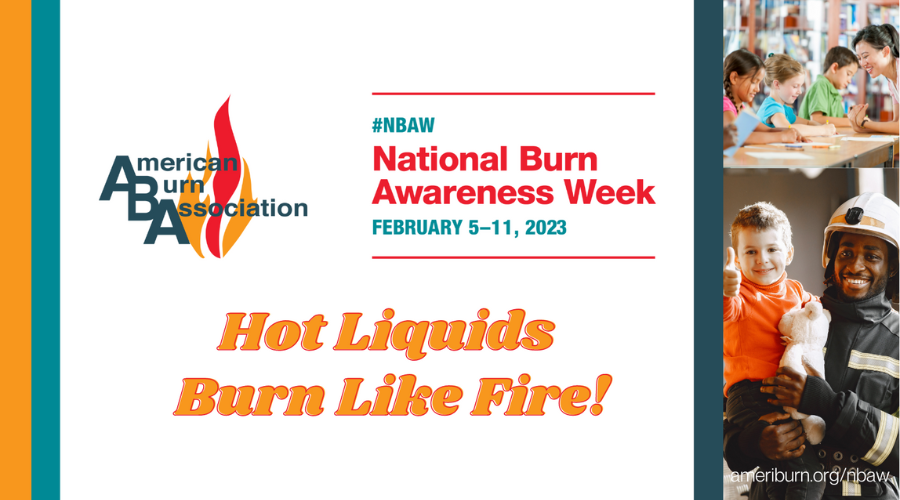Burn Awareness Week is Feb. 5-11
A scald injury can happen at any age. Every day, hundreds of young children with burn injuries are taken to emergency rooms and they were not even near a flame. These children are victims of scalds. Scald burns (caused by hot liquids, steam or foods) are the most common burn injury for a child under the age of 4.
Most scalds occur in residences and are typically related to ordinary activities – bathing, cooking, and eating – and often happen to children because of a lapse in adult supervision or a lack of protective measures. Youngsters may not understand or even be aware of potential dangers of hot liquids (especially water) and foods; they simply trust adults to keep them safe.
In addition, young children have thinner skin that burns more quickly than adults. People of all ages can be burned in 30 seconds by a flowing liquid that is 130° F; at 140° F, it takes only 5 seconds; at 160° F, it only takes 1 second. For children under 5, these temperatures can cause a burn in half the time.
Hot tap water burns most often occur in the bathroom and tend to be more severe and cover a larger portion of the body than other scald burns. Continuous supervision of young children is the most important factor in preventing tap-water scald burns, but there are additional simple preventive measures which can be taken:
- Lower the temperature settings on water heaters to 120° F (49° C) or less.
- When filling the bathtub, turn on cold water first. Mix in warmer water carefully.
- Check the water temperature by rapidly moving your hand through the water. If the water feels hot to an adult, it is too hot for a child.
- When placing a child in the tub face them away from faucets and as close to the other end of the tub as possible.
Hospital Emergency Departments and Burn Centers are also reporting that they are treating many children burned from quick-cooking, microwave-heated noodle and pasta products, such as instant noodles, macaroni-and-cheese, and other similar "quick and easy heat and eat" food products. These burns occur because microwave ovens heat foods to very high temperatures and the foods and liquids are heated unevenly. To make sure you and your family are safe when using the microwave, remember the following rules:
- Stir microwave-heated food after heating to mix the hot and cool areas.
- Test the temperature and make sure the heated noodles, pasta dishes ,or "pocket" food has cooled to a safe temperature before serving to children.
- While cooling hot foods, make sure they are out of the reach of children.
- Keep a 3-foot (1 meter) "kid-free" zone around the cooking area. It’s best to keep children out of the kitchen while hot food is being prepared.
- Turn pot handles away from the stove’s edge.
- Use the stove’s back burners to ensure hot pots and pans are out of reach for young children.
- Do not place hot foods or liquids near the edge of a table or countertop.
- Be mindful that even foods cooked in the microwave present a risk of burns. Open hot food slowly, and hold it away from your face. This will reduce your risk of being burned by hot steam escaping from a container.
If you or a member of your family get burned, here are some first aid tips for treatment:
- Remove the hot, wet clothing – don’t forget to check and remove an infant’s diaper if it has absorbed hot liquids.
- Treat a burn right away. Cool the burn with cool water for 3-5 minutes. Cover with a clean, dry cloth. Get medical help if needed.
- Do not use ice or very cold water. Ice or very cold water will further damage the burned area; when it is the temperature of the unburned skin, you have cooled enough.
- Do not use butter, first aid ointment or cream. These items tend to cause more pain and possible infection.
For more information on burn prevention or fire safety, call the Hickory Fire Department at 828-323-7420 or visit www.hickorync.gov.

